Aches and pains you should never ignore
What's your body trying to tell you?
Updated on September 19, 2024
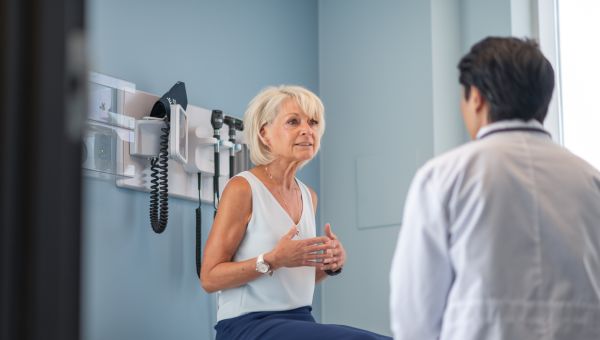
Pain is your body’s way of telling you something’s wrong. Sometimes you’ll know exactly why you’re hurting: If you went hard at the gym yesterday, it’s no surprise you’re sore today.
But sometimes pain is symptomatic of a more serious condition. Be aware of these seven aches and pains that may require medical treatment right away.

Stiff neck
If you have: A severely stiff neck, affecting your ability to bend your head forward or to the side
Especially with: Fever and chills, nausea and vomiting, sensitivity to light, confusion, lethargy, or headache
It could be: Meningitis
Meningitis is inflammation in the tissue lining of the brain and spinal cord (the meninges). The inflammation can cause a variety of issues, including seizures, hearing loss, disability, brain damage, and even death. The two most common of types of meningitis are viral and bacterial. Viral meningitis is more common and less severe. Bacterial meningitis requires immediate hospitalization.
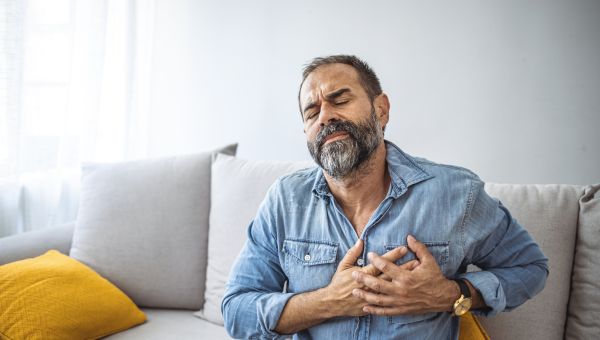
Chest pain
If you have: Chest pain or discomfort
Especially with: Shortness of breath, nausea, vomiting, back pain, or pain in the arm, shoulder, or jaw
It could be: A heart attack
Intense chest pain and pressure is the most common symptom of a heart attack. Cardiologists say the sooner a patient receives treatment for a heart attack, the better off they’ll be. Ideally, patients will receive treatment within 60 minutes of the onset of symptoms. It’s important to know the signs of a heart attack, so you can take action.

Painful pimple
If you have: A zit that hurts
Especially with: Redness around the infection site or fever
It could be: Staph
A painful, throbbing zit, especially if you’ve had an open wound or close contact with another person, could indicate an infection of Staphylococcus aureus, or a staph infection. It may look like a pimple, but staph is a bacterial infection that usually spreads by skin-to-skin contact. There is a form of staph called methicillin-resistant Staphylococcus aureus (MRSA) that’s harder to treat than normal staph. Severe MRSA infections that move to the bones, joints, or bloodstream can be fatal.
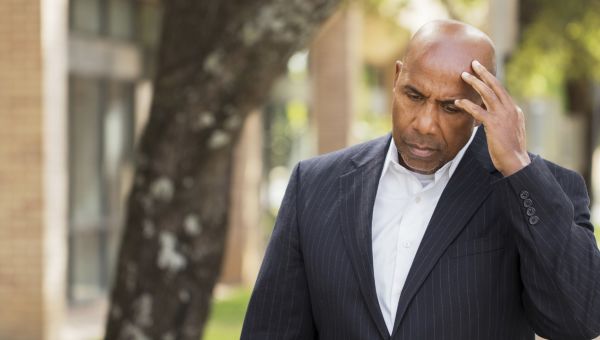
Headache or migraine
If you have: An agonizing headache, or the worst headache you've ever had
Especially with: Dilated pupil, vision changes, nausea, numbness, weakness, or paralysis of one side of the face
It could be: An aneurysm
Headaches have many causes. But a headache you feel above and behind one eye could be a sign of a brain aneurysm, which is the swelling or ballooning of an artery in the brain. High blood pressure, high cholesterol, and smoking are risk factors. Small aneurysms usually don’t cause symptoms. Larger or burst aneurysms cause a headache.

Leg pain
If you have: Pain in the leg, especially the calf
Especially with: Warmth, swelling, tenderness, or skin color of the leg appearing red or purple
It could be: Deep vein thrombosis
It’s been said that sitting is the new smoking, which goes to show how a sedentary lifestyle can affect your health. If you’ve been sitting for a long time without getting up—at work, in a car, on a plane—and your thigh or calf starts to hurt, it might be a sign of deep vein thrombosis (DVT). It’s a blood clot that can travel to the lungs, causing a blockage of a lung artery called a pulmonary embolism. Your risk is highest after major surgery, severe injury, or if you have heart failure, a heart attack, or cancer.
One way to lower your risk of DVT: Get up and move around every hour, even if it means stopping the car.
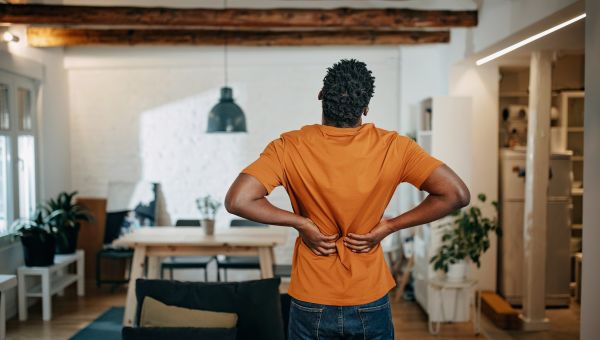
Lower back pain
If you have: Severe lower back pain
Especially with: Blood in your urine, pain while urinating, fever and chills, vomiting, or urine that’s cloudy or smells bad
It could be: A kidney stone
Back pain is one of the most common medical problems, affecting about 8 in 10 people at some point in their lives. It has many potential causes, but one more serious cause is kidney stones. Kidney stones form when substances in urine become highly concentrated and solidify. Small stones may pass through the urinary tract on their own, but large stones can get stuck, resulting in severe pain. More than 500,000 people go to the emergency room every year for kidney stones, according to the National Kidney Foundation.
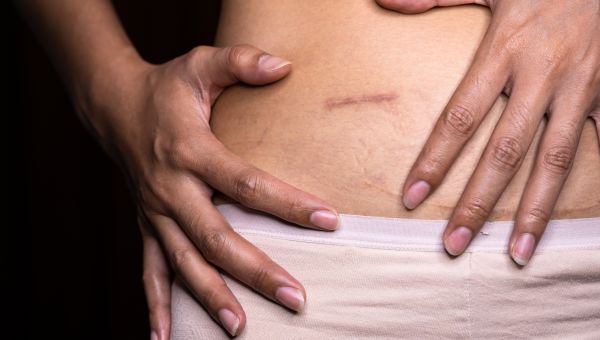
Stomach pain
If you have: Sudden pain in the right side of your belly, or pain around your belly button that migrates towards the right side
Especially with: Swelling of the abdomen, fever, loss of appetite, nausea and vomiting, constipation, or diarrhea
It could be: Appendicitis
Often, a bellyache is simply caused by eating too much. But if you have sudden pain in the right side of your abdomen that gets worse over time, it could indicate appendicitis. It's a condition in which your appendix becomes inflamed or infected. Appendicitis is almost always treated with removal of the appendix and is more common in people between 10 and 30 years old.

Johns Hopkins Medicine. Bacterial Meningitis. Accessed September 8, 2022.
MedlinePlus. Meningitis. Review date December 24, 2020.
Centers for Disease Control and Prevention. Meningitis. March 30, 2022.
American Heart Association. Warning Signs of a Heart Attack. Accessed September 8, 2022.
New York State Department of Health. Bacterial Skin Infections: Impetigo and MRSA. Revised February 2011.
NIH: National Institute of Neurological Disorders and Stroke. Cerebral Aneurysms. Last reviewed July 25, 2022.
MedlinePlus. Aneurysm. Review date June 23, 2020.
MedlinePlus. Deep Vein Thrombosis. Last updated August 10, 2018.
NIH: National Heart, Lung, and Blood Institute. Venous Thromboembolism: What Is Venous Thromboembolism? Last updated March 24, 2022.
NIH: National Heart, Lung, and Blood Institute. Venous Thromboembolism: Preventing Blood Clots. Last updated March 24, 2022.
MedlinePlus. Back Pain. Last updated October 21, 2016.
NIH: National Institute of Diabetes and Digestive and Kidney Diseases. Kidney Stones. Accessed September 8, 2022.
National Kidney Foundation. Kidney Stones. Accessed September 8, 2022.
MedlinePlus. Appendicitis. Last updated August 30, 2016.
Mayo Clinic. Appendicitis. August 7, 2021.
More On


video

article

slideshow


video


video
